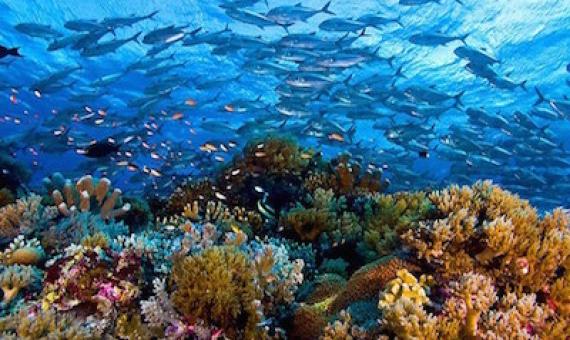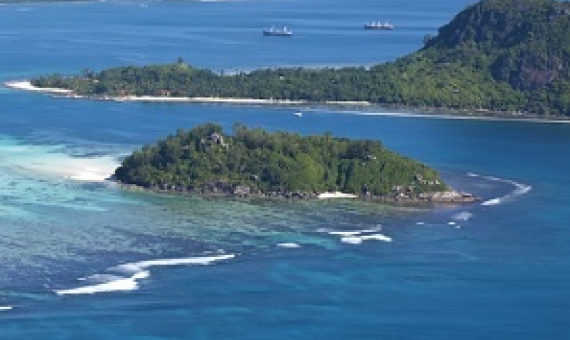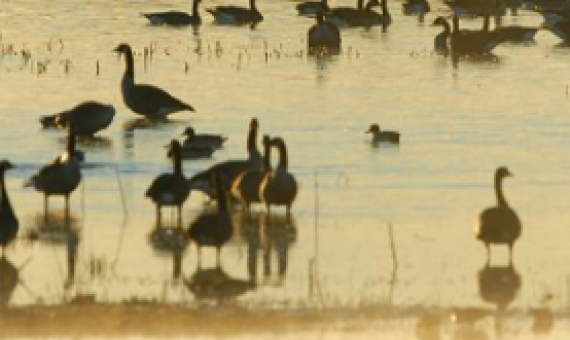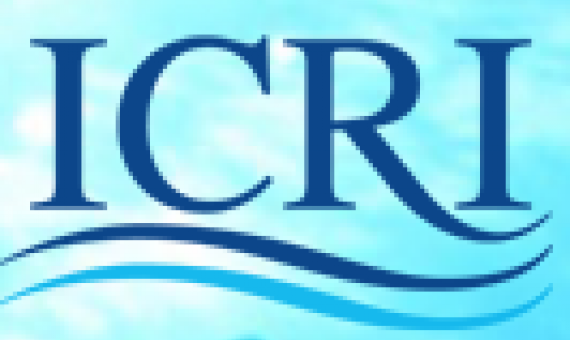With the emergence of the new thought on national sovereignty, transboundary protected area (TBPA) management came into fore. Referred to here are transborder parks, transnational parks, transfrontier reserves, friendship parks — meaning, protected areas that meet across international borders.
A new bill to replace the National Parks and Nature Conservancy Act is being proposed in Seychelles to ensure more protected areas in the island nation. Click on the link below to read the full article.
Australia has reached its international conservation commitments through Indigenous Protected Areas, creating 3,000 jobs in the process. Will Canada follow suit? Click on the link below to read the full article.
Environmentalists fear the grounding of a ship off Rennell Island in the Solomon Islands could bring more damage to a marine protected area. The MV Solomon Trader hit a reef in Kangava Bay off Rennell Island just over a week ago as it was loading bauxite from a nearby
At least 15% of the world’s inland surface water areas are covered by protected areas, according to a new study from the JRC...The study...presents the first global assessment of the percentage of inland open surface waters that are in protected areas.
Conservationists say these high levels of protection are necessary to safeguard benefits that humans derive from nature—such as the filtration of drinking water and storage of carbon that would otherwise increase global warming.
This document summarises the purpose and core elements of the 10th Pacific Islands Conference on Nature Conservation and Protected Areas to be held in 2020, and provides essential information for partners, prospective donors and other organisations interested in supporting this important event.
Pulau Kukup, the world’s second largest uninhabited mangrove island, located off the coast of Pontian, has been a national park since 1997 and renowned worldwide as one of five Ramsar sites in Malaysia, accorded international importance under the United Nations’ Convention on Wetlands.
We here provide the first assessment of the level of protection of inland open surface waters and their trends (1984–2015) within PAs for all countries, using a globally consistent, high-resolution (30 m) and validated dataset on permanent and seasonal surface waters based on Landsat images
The lack of major ocean conservation victories in 2018 is not for lack of trying. Scientists have done an incredible job of arming us with information, and the conservation groups keep chipping away at it. But it hasn’t been enough. Click on the link below to read the full article.
















